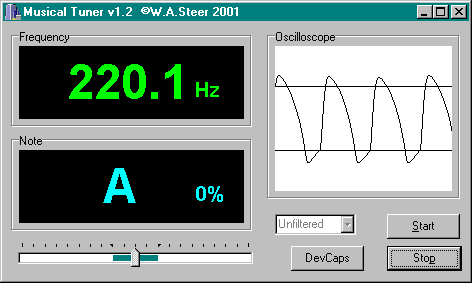Hi all. Regarding the location of the pitch and volume antennas. If I had my druthers, I prefer a theremin that has the pitch antenna well above the volume antenna by a few inches at least. Very much like the RCA and WF Classic, and EW Pro Theremins. The reason for this, is the extra few inches of vertical separation between the two antennas keeps the volume hand from intruding too far into the pitch antenna's feild.
Now, as long as your pitch hand is well between the volume hand and pitch rod during playing, you'll likely not have any problems with coupling issues. However, once your pitch hand is equal to, or greater than the distance the volume hand is from the pitch rod, the volume hand becomes the prime interacting component of the pitch feild, and will be able to affect changes of pitch as it rises up into the pitch feild during crascendo.
This "little" problem is rarely encountered. It's usually noticed when doing bass playing, and theremins such as the B3s, EW Standards, and any modle in which the volume antenna is equal to the level of the base of the pitch rod will exhibit this minor issue, and there's no way round it unless you build a custom cabinet that places the pitch rod well above level of the volume antenna.
Regarding the horizontal positioning of the pitch rod, I've noticed that it's much more comfortable, for me anyway, to have the pitch rod near the audience side corner of the theremin, but not too far. Any more forward, and I'd have to lean over to reach the pitch rod, and I'm certainly not as tall as coalport, so I'd still have a spot of difficulty even using Coalports method of stance at a floor model theremin like an RCA, WF Classic, or even my WF Travelcase. But I suppose I could adapt over time. ;)
From a standpoint of universal user interface architecture, the Subscope, B3 Deluxe / Pro are certainly there, because when turned round, the lay out is exactly mirrored. This makes it just as easy for a lefty to play as for a righty, well except for the fact the controls und up facing the audience in lefty mode. The EW Standard comes in a close second as the horizontal situational positioning of the pitch rod is only a couple of inches forward (toward the audience) in righty mode.
Oh, regarding the new version of the B3 Pro, and EW Standard, the volume antenna on these theremins can be flipped when switched round to lefty mode.


